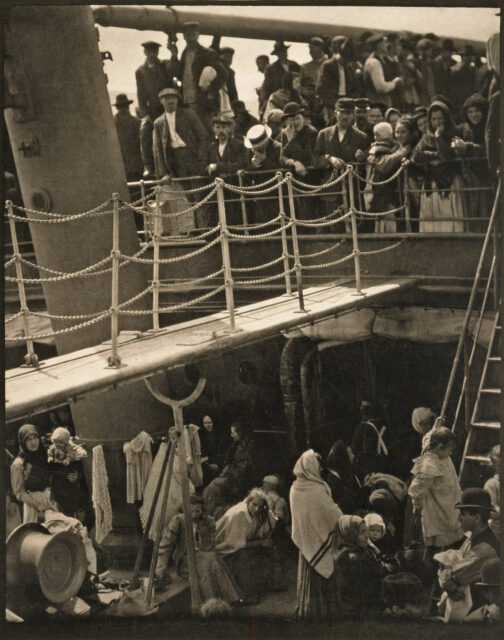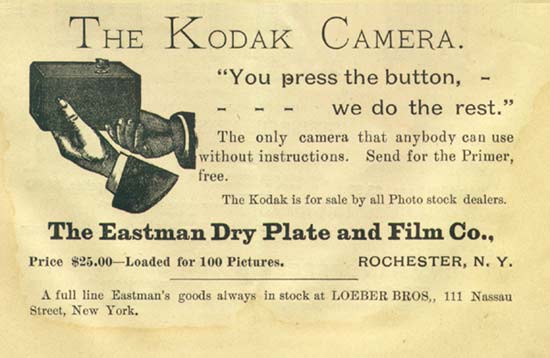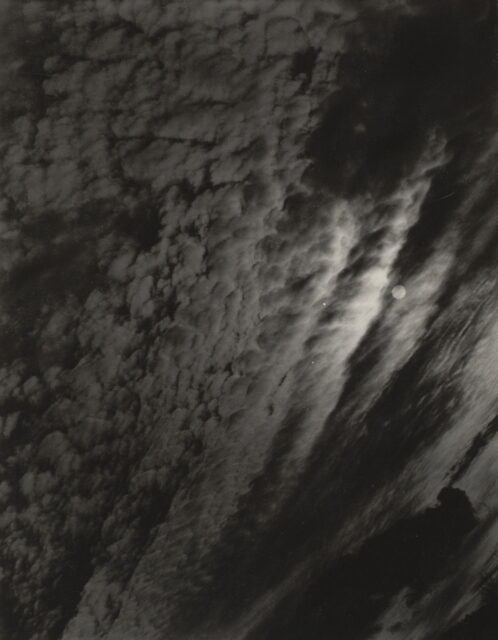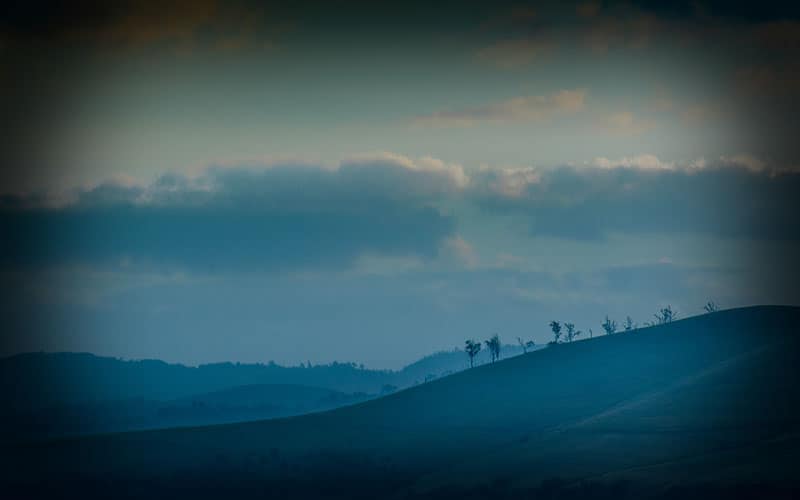
From the start, photography struggled to be taken seriously as art. In 1822, Joseph Nicéphore Niépce captured the first permanent image, one that didn’t fade in light. Yet it wasn’t until 1906, thanks to the work of Alfred Stieglitz, that photography gained recognition as a fine art. Stieglitz also helped legitimise abstract art in America.

Even today, professional photography is sometimes undervalued. Some claim the camera “does all the work,” reducing the photographer to a mere technician. Kodak’s old slogan: “You push the button, we do the rest”, did little to challenge this idea.

But photography is both art and science. The science lies in how images are captured: through optics, sensors, and evolving technology. Two centuries ago, the challenge was permanence; today, it’s AI. Like painting, which requires knowledge of pigments and chemistry, photography relies on technical skill and precision.

Yet photography is also deeply personal. The word itself means “drawing with light.” And like all art, it’s subjective, shaped by human emotion, perspective, and intent. Every photograph is a creative decision: what to frame, what to highlight, what to feel.
That’s what makes photography powerful. It’s not just a product of tools or technique. It’s a reflection of the person behind the lens. And that’s what makes it art.
